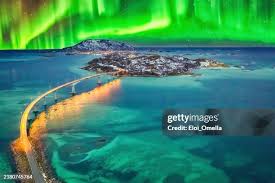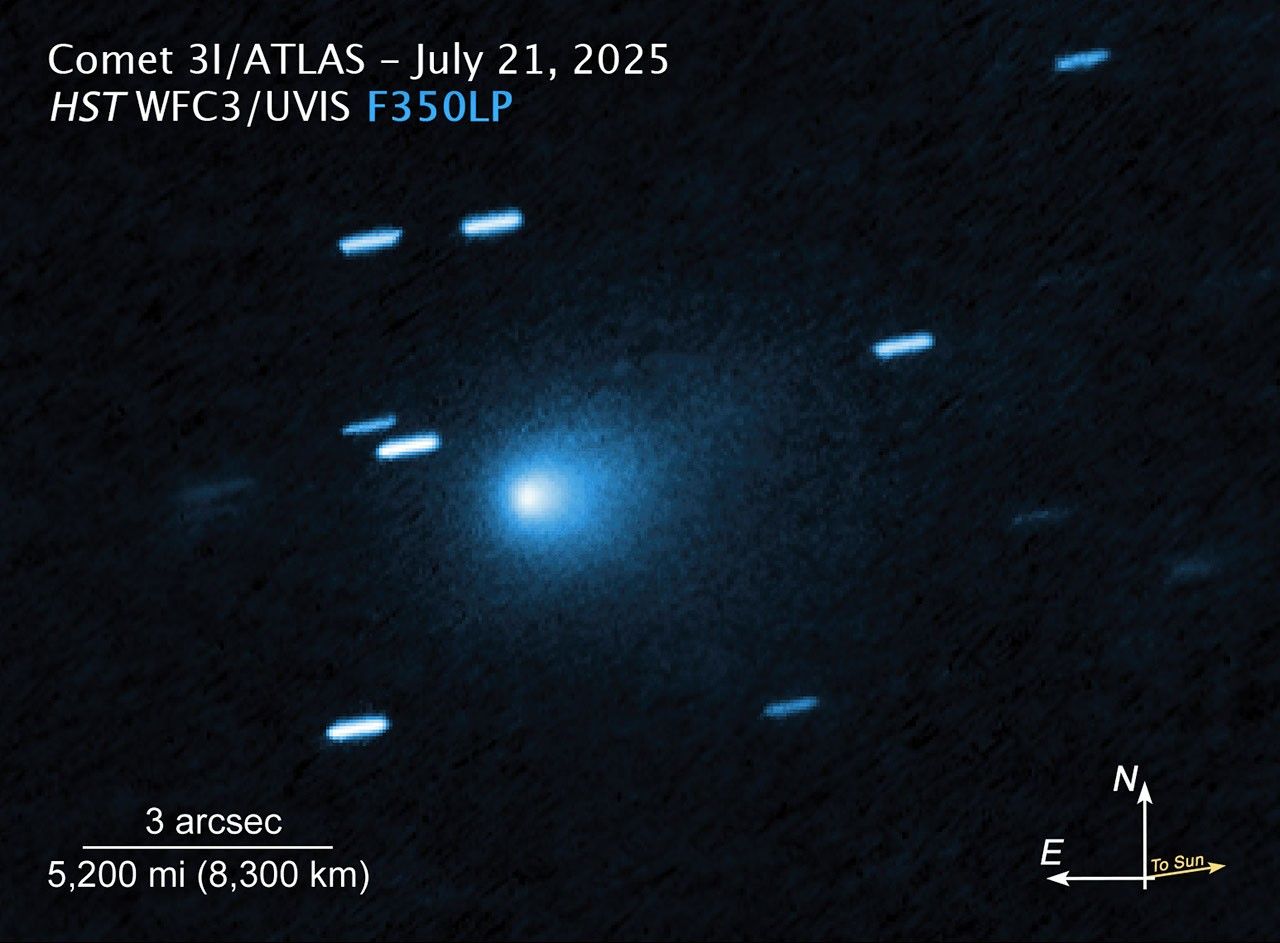
Introduction
The Northern Lights, also known as the Aurora Borealis, are a breathtaking natural phenomenon that captivates observers across the globe. Occurring predominantly in polar regions, this dazzling display of colourful lights is produced by the interaction of charged particles from the sun with the Earth’s magnetic field. The significance of the Northern Lights extends beyond their aesthetic appeal; they are a testament to the complex interplay of solar wind and Earth’s atmosphere and a demonstration of the dynamic processes that govern our planet. As we enter 2023, interest in safely observing this celestial marvel has surged, driven by advancements in technology and increased accessibility to prime viewing locations.
The Science Behind the Lights
The composition of the Northern Lights colours is dictated by the type of gas particles the solar wind collides with in the Earth’s atmosphere. Oxygen at high altitudes produces red and purple hues, while lower altitudes produce greens, the most common colour. Conversely, nitrogen yields blues and violets. This interplay creates a spectacular light show that can vary in intensity, shape, and movement.
Optimal Viewing Locations
The best places to witness the Northern Lights include countries situated within the polar regions such as Norway, Sweden, Finland, Canada, and Iceland. In particular, areas above the Arctic Circle, including Tromsø in Norway and Fairbanks in Alaska, are famed for frequent appearances of the Aurora Borealis. During the peak viewing season from late September to early April, travellers flock to these regions for a chance to see the lights dance across the night sky. Satellite imagery and real-time aurora forecasts have made it easier for enthusiasts to plan their trips for optimal viewing conditions.
Impact of Climate and Solar Activity
The visibility of the Northern Lights is significantly influenced by solar activity. During solar flares or coronal mass ejections, the concentration of charged particles increases, leading to more vibrant displays. Additionally, the ongoing climate change could affect the frequency and intensity of these occurrences, highlighting the need for ongoing research. Monitoring programs have been established to track changes and predict the best times to view the lights.
Conclusion
As we move further into 2023, the allure of the Northern Lights remains stronger than ever. Their celestial beauty continues to inspire awe and reflect our planet’s cosmic connection. For those wishing to venture out to witness this natural spectacle, planning is key. As solar activity increases in the coming years, it is essential to stay informed about forecasts, making it possible to experience one of the most stunning displays of nature. The Northern Lights not only remind us of the wonder of our world but also embody the scientific phenomena that shape our environment.
You may also like

Exploring the Unique World of Laos Hornets

The Life and Legacy of David Attenborough
